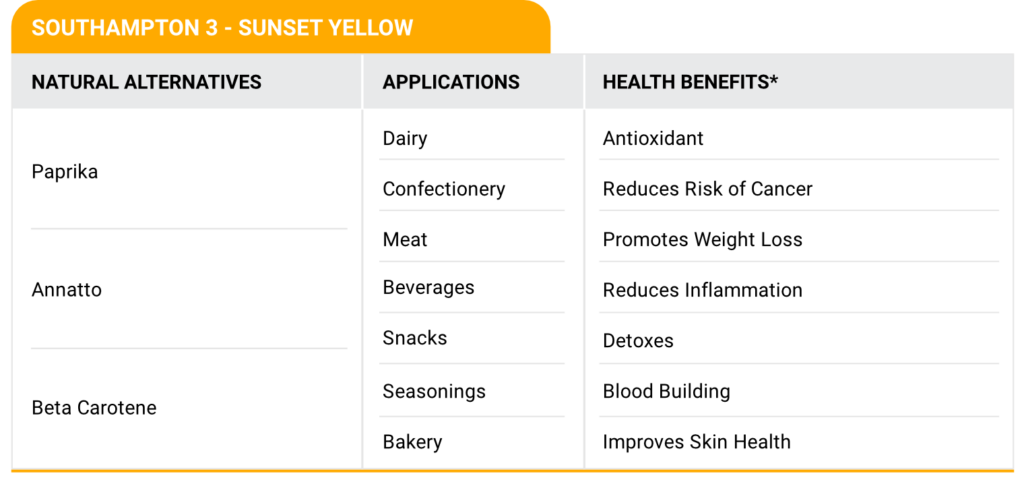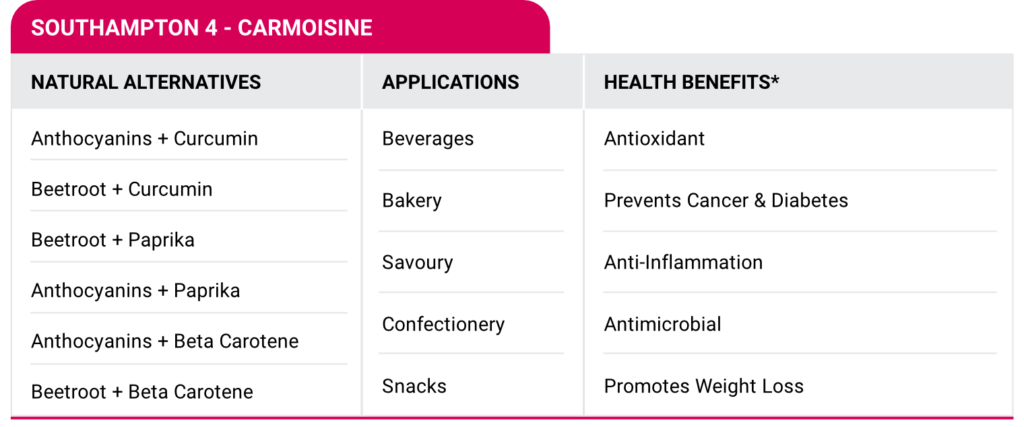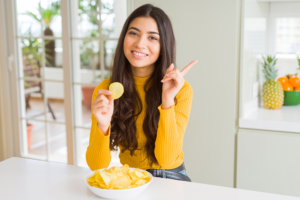What is Southampton Study?
Kids have had a sweet spot for candies and snacks for as long as we know. We have used them as bribes to get kids to follow our instructions, “If you stay put, I’ll give you your favourite soda”, “If you finish your homework on time, you’ll get a candy”, and so on. But, if these so-called treats are formulated with synthetic food colours, there may be trouble. And we have known that for sure since 2007 thanks to the famous Southampton 6 Study.
A scientific research commissioned by the UK Food Standards Agency was conducted by Southampton University in 2007, involving as many as 300 children. The Study brought to light mounting evidence that young children who consumed a combination of certain synthetic food colours and preservatives exhibited increased hyperactivity and attention deficit hyperactivity disorder (ADHD). Having the FSA acknowledge the need to eliminate these colours from food was a massive win for the Southampton research group and parents. In addition, it inspired much-needed change in the food industry for the well-being of future generations.
According to this study from the Schools of Psychology and Medicine at the University of Southampton, synthetic food colours can cause behaviour changes in children as young as three. The study took place over six weeks, wherein the children were given a drink every day that was either a mix of synthetic food colours and the preservative benzoate or just fruit juice. All the drinks looked and tasted the same, making it impossible for anyone to differentiate between them. However, the results showed that when the children drank the drinks with test mixtures in them, their behaviour changed. The findings made it evident that the preservative benzoate and certain synthetic food colours can negatively impact children’s behaviour.
What are the Southampton 6 Colours?
The Infamous ‘Southampton 6’ colours which were linked to hyperactivity in kids are:
- Tartrazine (E102)
- Quinoline Yellow (E104)
- Sunset Yellow (E110)
- Carmoisine (E122)
- Ponceau 4R (E124)
- Allura Red (E129)

Impact of the Study on Regulations
The study rocked the food industry, and naturally, it called for some immediate changes. Based on the Study’s results, the European Union (EU) put into effect Regulation (EC) No. 1333/2008 on July 20, 2010. This made it mandatory for all food products in the EU that contain synthetic food colours to have a clear warning on labels.
Any food or drink that contains any of the six colours listed above was to carry the following statement- “May have an adverse effect on activity and attention in children”. This statement was to be put on food labels and packaging where it is easy to see, read, and non-erasable.

Symega’s Natural Food Colours Solutions
There is a growing impetus for change worldwide. The extensive reformulation of hundreds of food products containing one or more of these six synthetic colours has led to a significant increase in the use of natural food colours. While warnings and bans may be country-specific, the learnings go beyond boundaries. India is witnessing a change in consumer behaviour, with people avoiding products with added synthetic colours. Looking at the labels has become the norm for mothers who wish to know what their kids eat.
To support and inspire change, Symega believes in the power of the natural shift. Its natural colour portfolios like Necol, Naturehue and Colourspecks step in to provide natural alternatives to synthetic food colours that are safe yet vibrant for children and adults alike. Explore more about Symega’s natural food colour world.
Here are some of Symega’s solutions to the Southampton 6, along with their applications and benefits.






*The health benefits mentioned are that of the constituent natural pigments used in formulating of natural colours.
The Southampton 6 Study was a big win for natural food colours and a big lesson for F&B businesses worldwide. It paved the way for the future and has helped countless parents pick the right product for their kids without worrying about its long-term implications. So it is safe to say natural food colours are here to stay, and all for the right reasons that are tried, tested and tasted.
To learn more about Symega’s natural colour alternatives, click here.




